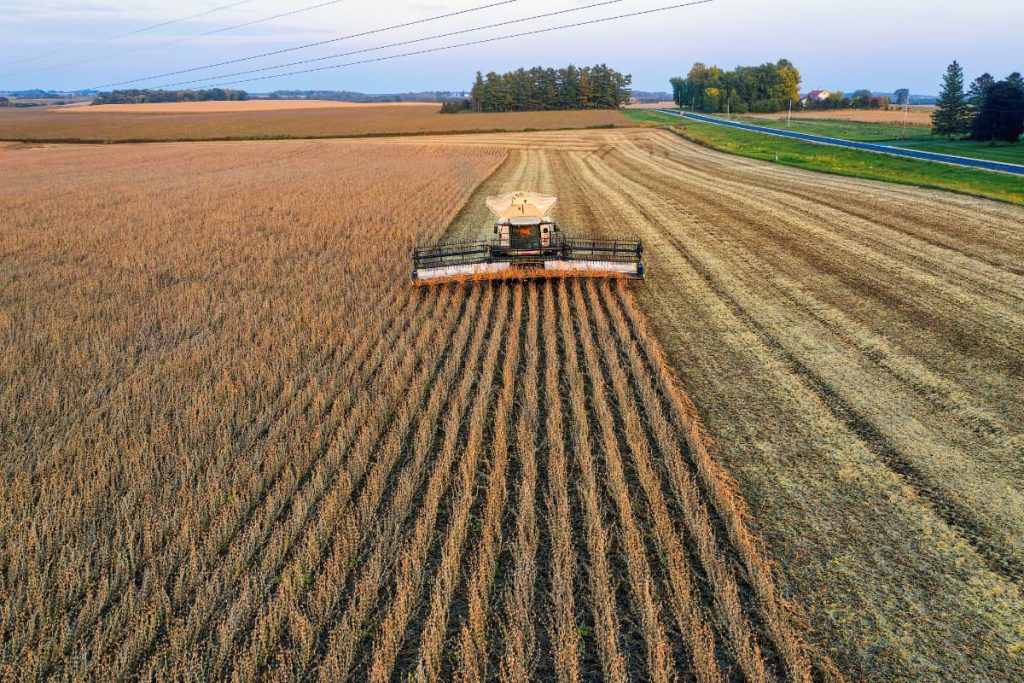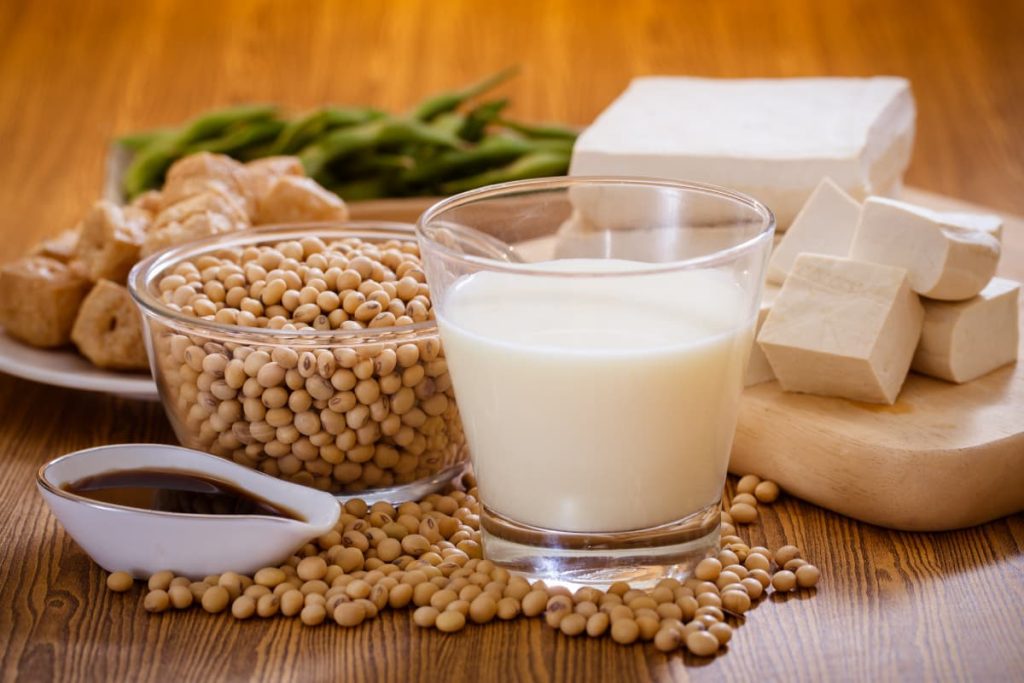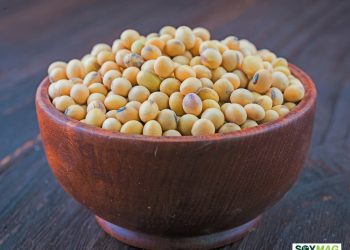The U.S. Soy-producing is a complex mosaic of regional production, with the top 20 states playing a critical and distinct role in the nation’s total output. While a few states in the Midwest dominate the production rankings, a closer look at acreage, yields, and emerging trends reveals a dynamic landscape that is shifting due to climate change, new infrastructure, and evolving market demand. For traders, analysts, and farmers, understanding these regional nuances is key to navigating the U.S. soy market.
The Dominant Core: The Midwest Giants
The heart of U.S. soybean production remains the Midwest. These states consistently lead in both total production and planted acreage, forming the core of the U.S. soy belt and serving as the primary source of supply for both domestic and export markets.
- Illinois: Consistently ranks as the number one U.S. soy-producing state. Illinois’s high production is a result of a combination of vast acreage and consistently high average yields, often exceeding 60 bushels per acre. Its strategic location on the Mississippi River provides a direct and low-cost route to the Louisiana Gulf export terminals.
- Iowa: Almost always second only to Illinois, Iowa has a massive agricultural footprint dedicated to soybeans. Its production is a cornerstone of the U.S. supply, and like Illinois, it benefits from strong yields and proximity to key transportation corridors.
- Minnesota: A major producer in the Upper Midwest, Minnesota contributes significantly to the national total. Its production is a key source of supply for both the domestic crushing industry and export terminals in the Pacific Northwest.
- Indiana and Ohio: These two states are powerful producers in the Eastern Corn Belt. While they may not have the vast acreage of Illinois or Iowa, they consistently achieve high yields, making them vital to the overall U.S. supply. Their production is a key source of supply for the domestic market and export routes through the Great Lakes.
- Nebraska and Missouri: Both states are major U.S. soy-producing in the Western Corn Belt. Nebraska’s production is a key source of supply for the domestic crushing industry, particularly as new plants come online in the region. Missouri’s production is a key source for the Mississippi River export system.

The Rising Stars: The Northern Shift
The U.S. Soy-Producing map is not static. A notable trend over the last decade has been a significant northward shift in production, with states that were once minor players now becoming major contributors. This trend is driven by climate change, as warmer temperatures and a longer growing season make these regions more suitable for soybeans.
- North Dakota: North Dakota has seen a dramatic increase in its U.S. Soy-Producing. What was once too cold for soybeans is now a viable, and often profitable, option for farmers. This shift has led to a boom in local infrastructure, with new soybean crushing plants being built in the region.
- South Dakota: Similar to North Dakota, South Dakota has seen its soybean production grow exponentially. Its production is a key source of supply for both the domestic crushing industry and export terminals in the Pacific Northwest. The state’s acreage has steadily increased, solidifying its place among the top 10 producers.
The Southern States: High Yield, Lower Acreage
The southern U.S. states have a different story. While their total production is lower due to less planted acreage, many of them consistently achieve high average yields, a testament to their long growing seasons and favorable climates.
- Arkansas and Mississippi: These states are major players in the Midsouth region. They may not plant as much acreage as their Midwest counterparts, but their yields are often among the highest in the nation. Their production is a key source of supply for the Louisiana Gulf export terminals.
- Kentucky and Tennessee: Both states are reliable producers in the Southeast. Their production is a key source of supply for the domestic market and export routes through the Mississippi River system.
- Louisiana: While its total acreage is modest, Louisiana is known for having some of the highest soybean yields in the U.S., a result of its long growing season and favorable climate.

The East and Other Regions: Stable Production
A diverse range of states outside the main producing regions contribute to the national total. While their individual output may be smaller, their collective production is an important part of the U.S. Soy-Producing.
- Michigan and Wisconsin: These two states are key producers in the Upper Midwest and Great Lakes region. They consistently achieve solid yields, and their production is a key source of supply for the domestic crushing industry.
- Kansas: As a major producer in the Central Plains, Kansas’s production is an important part of the national supply.
- North Carolina, Virginia, and Pennsylvania: These states, while not in the main soybean belt, are reliable producers in the Mid-Atlantic and Northeast regions. Their production is a key source of supply for the domestic market.
A Dynamic and Diversified Supply
The top 20 U.S. Soy-Producing states represent a dynamic and diversified agricultural landscape. While the Midwest remains the undisputed core of production, the significant growth in the Northern Plains and the consistent high yields in the South demonstrate that the U.S. is not reliant on a single region for its soybean supply. This regional diversity provides a natural hedge against weather-related production risks, ensuring that the U.S. can remain a reliable and competitive supplier to the world. For anyone in the global soy market, understanding these regional production trends is essential for making informed decisions and anticipating shifts in the world’s most important oilseed market.









